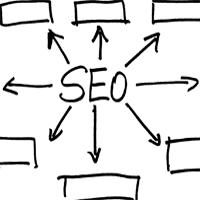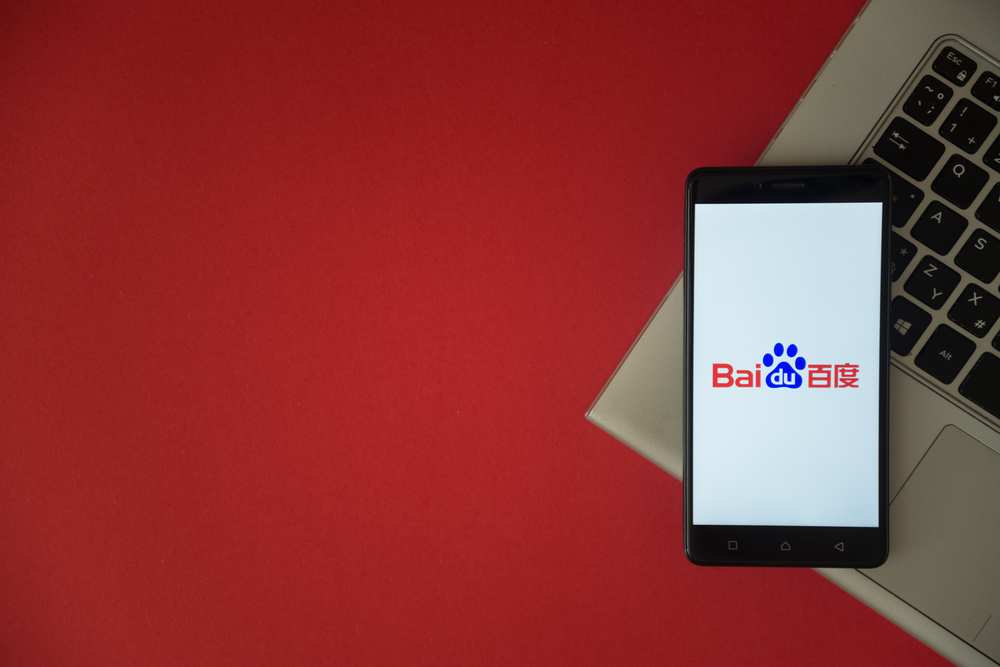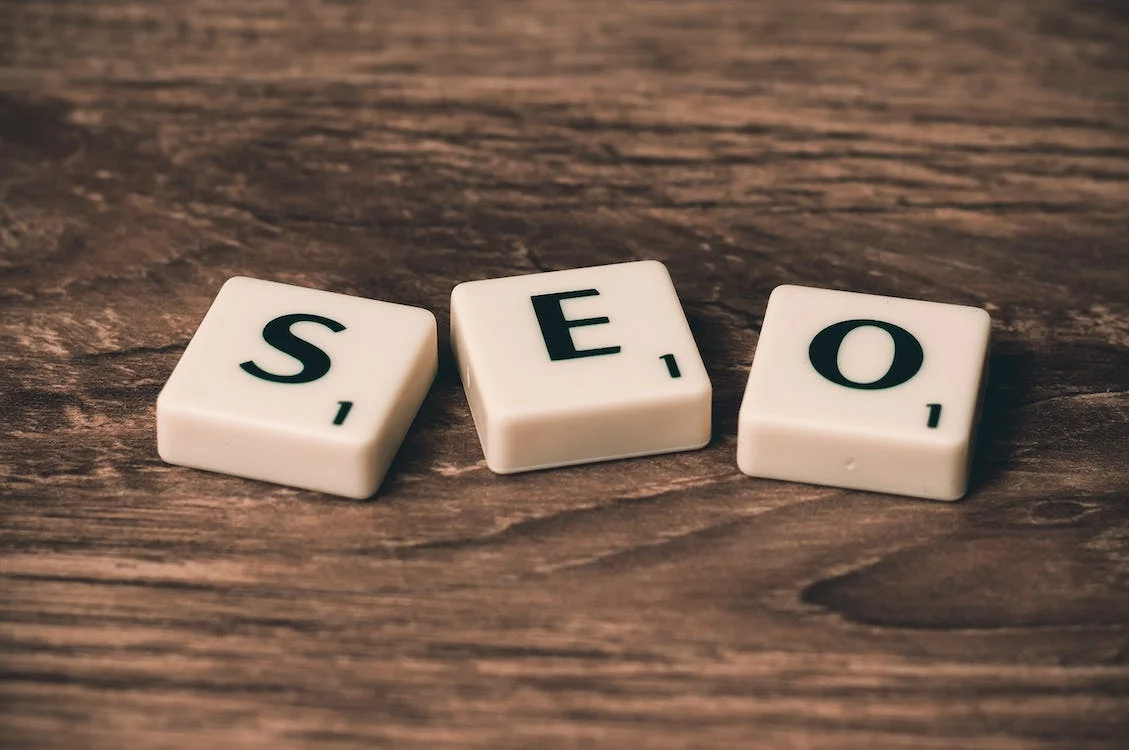SEO Beginner's Guide to Landing Pages & Minisites

Companies who market themselves online need to make sure they maximize every dollar they spend attracting traffic.
When leveraging pay per click, simply sending every piece of traffic to your site's homepage is a recipe for disaster. Most new companies, however, still do that. Decision makers believe that their homepages act as a catchall for traffic and that people clicking through on their links will easily be able to find what they are looking for. Sadly, time and again, we see this is not the case.
So here are a few ideas to help you send traffic to the relevant parts of your site in order for them to find what they need easily and buy from you. In this way, you will improve conversion rates and make visiting your site an easy experience for visitors and a profitable one for you.
Here are some ideas to think about...
Basic Ideas
Stop sending everyone to your homepage. Instead, send people to the relevant product page on your site. This simple task alone will increase conversion and prevent wasting money. If you are advertising a blue widget, and you have many different widgets, send people to your blue widget page. This will help increase conversion and make it easier for the customer to transact with you.
Create a specific landing page for blue widgets so when customers see an advertisement, they click to find out more and get sent to a specifically targeted page where they can buy blue widgets. On this page, they are only shown blue widgets, with no distractions or other navigational elements to get in the way. It sounds simple and it truly is. Keeping it simple is the best way to make the most of website traffic and to improve conversion.
More Advanced Ideas
One of the more advanced ideas is not sending people to your main website at all, but rather creating minisites around a particular product. This works well if you have a complicated product offering or you want to share a lot of information to a user in a way that still focuses on one product. One example of this is movie promotions. Movie companies typically build minisites to promote each film (like this one). They don't simply send customers to their main website and let them rummage until they find what they are looking for.
Most online attention spans are very limited, so if you are paying for traffic you need to make sure it converts as best as it can. We spoke to Dan Vassiliou, Head of Marketing at EnduranceSEO, who also suggests that a minisite can be a much better proposition for companies looking to rank for more competitive keywords by using a focused minisite. In terms of content for this minisite he suggests "answering as many questions using the keyword as you can when creating the content. This is due to the fact that many people will search for an answer to a question with a lot of searches." So this leads us to our extra benefits.
Extra Benefits
A second benefit of a minisite is providing search engines with much more focused content that allows them to rank a site higher. This leads to increased content exposure and therefore more relevant site visitors, that your main website would not have reached. We have seen many big Google updates that are now looking to serve up the best-related webpage that they can and not simply the most relevant website. This doesn't seem like much but it is a pretty big fundamental shift in the way SEO companies will be working on site rankings in the future.
While not an exhaustive list, reviewing your marketing by actually looking at where you are sending people can be the difference between losing business and growing business online. None of the ideas are difficult to implement but now is a good a time as any to step back and review your processes.
About the Author:
Jason Hulott is Director of SpeedieConsulting and helps merchants globally grow their affiliate activities via SpeedieAffiliates.com.









